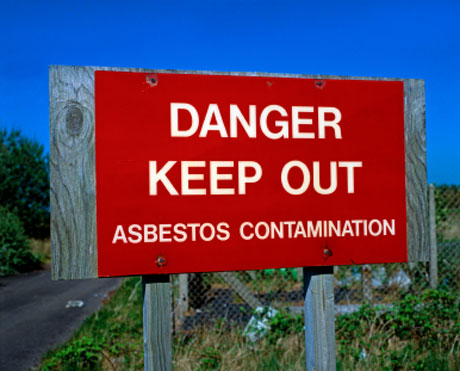‘No Family History’ author makes compelling case for environmental link to breast cancer and urges women, advocates, and policymakers to focus on prevention.
 PHILADELPHIA – Has the key to reducing breast cancer gotten lost in the race for a cure? A new book, No Family History, presents compelling evidence that exposure to everyday products such as cosmetics and toiletries, hormones in food, household cleaners and pesticides is behind the dramatic increase in breast cancer and argues that the solution is simple: prevention.
PHILADELPHIA – Has the key to reducing breast cancer gotten lost in the race for a cure? A new book, No Family History, presents compelling evidence that exposure to everyday products such as cosmetics and toiletries, hormones in food, household cleaners and pesticides is behind the dramatic increase in breast cancer and argues that the solution is simple: prevention.
“Every three minutes, one woman in the United States is diagnosed with breast cancer. Yet, most women with breast cancer defy most or all of the risk factors, including weight, diet, whether they gave birth and breast fed, and family history,” says No Family History author Sabrina McCormick, Ph.D., a Robert Wood Johnson Foundation Health & Society Scholar at the University of Pennsylvania.
The incidence of breast cancer has increased at an alarming rate over the past 60 years. In 1940, around one in 24 women who lived to be 80 was afflicted. By 2006, that number rose to one in eight.
In her book, McCormick cites compelling evidence showing that the reason for this dramatic increase is the rise in the production and use of cancer-causing chemicals women are exposed to on a daily basis.
Breast cancer “hot spots” from Long Island, N.Y., to Northern California have two common threads—industrial pollution and agricultural pesticides. These “hot spots” are pockets of the United States where breast cancer has risen six times faster than the national rate. In Long Island, the incidence of breast cancer is 200 percent higher than the national average.
“In our race for a cure for breast cancer, we have ignored the overwhelming body of evidence that demonstrates a link between products from cosmetics to pesticides and breast cancer,” McCormick says. “We must focus on prevention by demanding safer products, reducing our exposure to chemicals and urging our policymakers to ban cancer-causing chemicals in everyday products.”
European governments responded to this scientific evidence by banning cosmetic products with certain chemicals from being sold in their countries. According to No Family History, one American cosmetics company known as much for its “pink ribbon” marketing campaigns as for its pink lipstick removed these chemicals from products sold in Europe, but these same chemicals remain in the products the company sells in the United States.
“Women and girls should not have to check the ingredients in every stick of lipstick and each bottle of moisturizer. Better regulation to ensure that these products are safe would go a long way to reducing the incidence of breast cancer,” McCormick says.
Many companies that profit from “pink” marketing campaigns or breast cancer treatments, McCormick argues, are the same ones fighting against tougher regulations of cancer-causing chemicals in everyday products. McCormick dubs this the “political economy” of breast cancer.
“In the case of breast cancer, many activists have unwittingly bought into campaigns leading down the road away from a cause, and instead into more and more breast cancer,” McCormick writes in her book.
No Family History: The Environmental Links to Breast Cancer (Rowman & Littlefield) is a provocative glimpse into environmental links to breast cancer, profiling research as well as women’s stories. McCormick recommends that women reduce their exposure to many cosmetics and toiletries and urges policymakers to strengthen regulations to ban cancer-causing chemicals from being used in everyday products.
Reference: Robert Wood Johnson Foundation Health & Society Scholars, Are everyday products from cosmetics to household cleaners causing the high rates of breast cancer? June, 15, 2009
For more information on the book (in stores in June) and a documentary McCormick produced on the subject, visit www.nofamilyhistory.org




 PHILADELPHIA
PHILADELPHIA